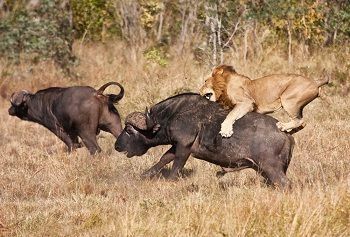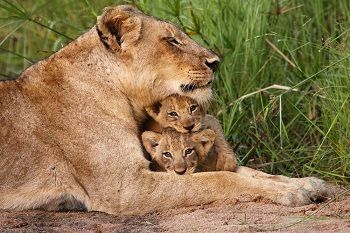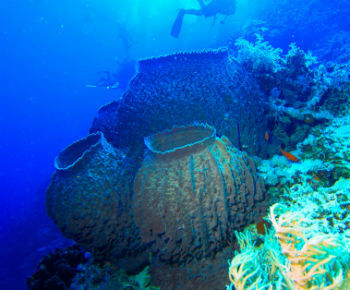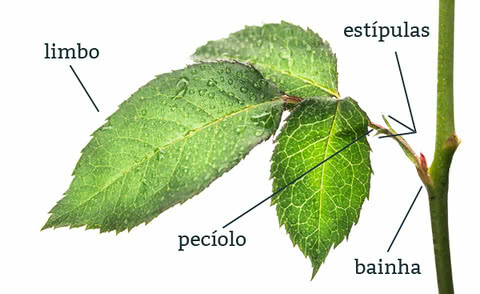The habitat is where an animal lives and the niche is how it lives there. These are two concepts with different meanings, although they are often confused.
In short, the habitat is where the species lives it's the ecological niche is the function that the species develops in that location.
Example of Habitat and Ecological Niche
Lion
Each animal has adaptations that help it to live in a certain environment. The lion lives in the African savannas, this is its habitat.
It is adapted for life in this region that has a hot climate, undergrowth and many animals that can serve as food. Therefore, the biotic factors (its prey that serve as food) and abiotic factors (temperature and climate) are favorable to it.
 lion capturing a buffalo
lion capturing a buffalo
The lion is a predator and although it is not always successful in its individual hunts, it often manages to capture a zebra, antelope or a buffalo. In fact, the lions who hunt best are the lions who act in groups, setting up ambushes for their prey.
Read too:
- Biotic and Abiotic Factors
- Food chain
- Ecological Relations
Lions compete with animals such as hyenas, cheetahs and wild dogs. Cheetahs are better hunters than lions, faster and withstand the heat better. Hyenas, as they have a larger flock, scare off lionesses after hunting and appropriate the meal.
At the time of mating, the dominant male seeks a female for reproduction. Some lionesses take care of the cubs, while others go hunting.
The lion needs to protect his flock from other lion groups. If there is a dispute and he is the loser, his offspring will be killed and the winner will impregnate the female to generate new offspring.
 Lioness taking care of the cubs
Lioness taking care of the cubs
Therefore, all these lion and lioness activities and their ecological relationships are fundamental to the adaptation of the species. The strategies of feeding, reproduction and the fight for survival define their way of life and represent their ecological niche.
Read more about Ecological Niche and Habitat.



